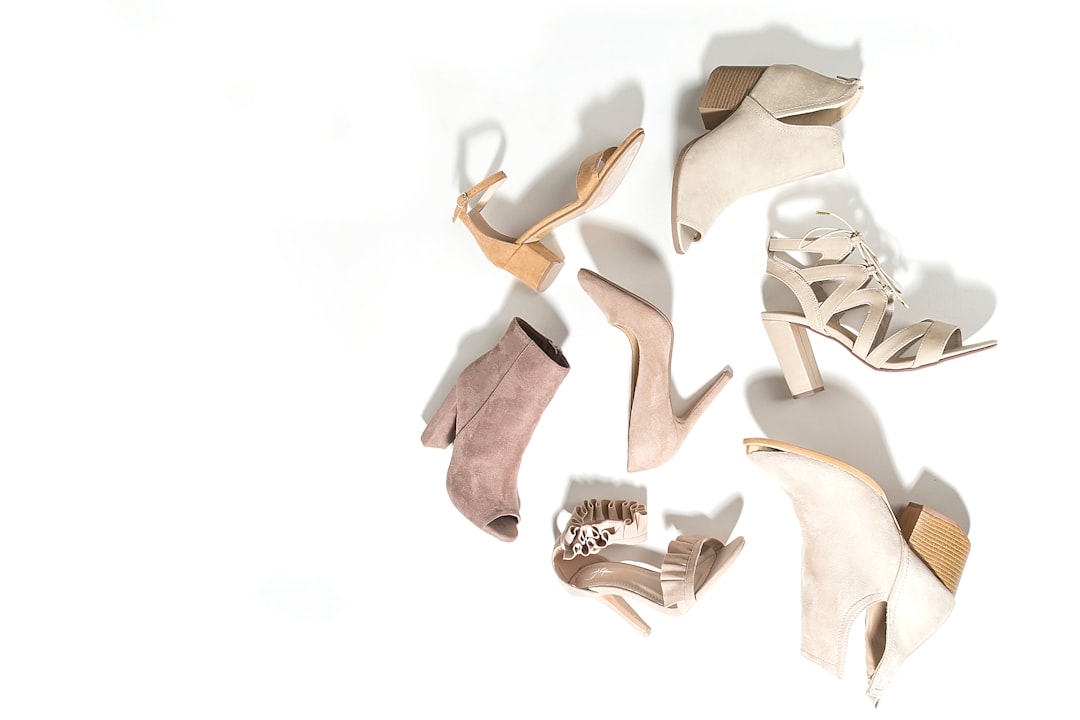When you decide to get a face tattoo, you are making a bold statement that reflects your personality and individuality. However, the journey doesn’t end once the needle leaves your skin. Aftercare is crucial for ensuring that your tattoo heals properly and retains its vibrancy over time.
You may not realize it, but the skin on your face is particularly sensitive and prone to irritation. This makes aftercare even more essential than it might be for tattoos placed on other parts of your body. By understanding the importance of aftercare, you can help ensure that your new ink looks as stunning as you envisioned.
Proper aftercare not only aids in healing but also plays a significant role in preventing infections and complications. The face is exposed to various environmental factors, such as dirt, pollution, and bacteria, which can jeopardize the healing process. By committing to a solid aftercare routine, you are taking proactive steps to protect your investment.
A well-cared-for tattoo will not only look better but will also last longer, allowing you to showcase your art with pride.
Key Takeaways
- Understanding the importance of aftercare for face tattoos is crucial for ensuring proper healing and long-term preservation of the tattoo.
- Properly cleaning and moisturizing your face tattoo is essential to prevent infection and promote healing.
- Avoid harsh chemicals and excessive sun exposure to protect the integrity and vibrancy of your face tattoo.
- Keeping your face tattoo protected and covered helps prevent irritation and potential damage during the healing process.
- Refrain from picking or scratching your healing face tattoo to avoid scarring and distortion of the design.
Dos: Properly Cleaning and Moisturizing Your Face Tattoo
One of the first steps in aftercare is ensuring that you clean your face tattoo properly. You should use a gentle, fragrance-free soap to wash the area around your tattoo. This helps remove any blood, plasma, or excess ink that may have accumulated during the tattooing process.
Gently pat the area dry with a clean towel afterward; do not rub it, as this can irritate the skin. Moisturizing is equally important in the aftercare process.
After cleaning, apply a thin layer of a recommended ointment or moisturizer specifically designed for tattoos. This will help keep the skin hydrated and promote healing. You should look for products that are free from alcohol and fragrances, as these can cause irritation.
Keeping your tattoo moisturized will not only help it heal but will also enhance its colors and details, ensuring that it remains vibrant for years to come.
Don’ts: Avoiding Harsh Chemicals and Excessive Sun Exposure
While you may be eager to show off your new face tattoo, it’s essential to avoid exposing it to harsh chemicals during the healing process. This includes products like alcohol-based cleansers, exfoliants, or any skincare items containing strong active ingredients such as retinoids or acids. These substances can irritate your skin and hinder the healing process, potentially leading to fading or even infection.
Instead, stick to gentle products that are specifically formulated for sensitive skin. Excessive sun exposure is another significant factor to consider when caring for your face tattoo. The sun’s UV rays can cause fading and damage to your tattoo, especially while it is still healing.
You should avoid direct sunlight on your tattooed area for at least a few weeks post-application. If you must go outside, consider wearing a wide-brimmed hat or using a high-SPF sunscreen once the tattoo has fully healed. Protecting your tattoo from sun exposure will help maintain its vibrancy and prevent premature aging of the ink.
Dos: Keeping Your Face Tattoo Protected and Covered
| Face Tattoo Protection | Importance |
|---|---|
| Sunscreen | Prevents fading and damage from UV rays |
| Moisturizer | Keeps the skin hydrated and prevents dryness |
| Scarves or Bandanas | Protects from wind, dust, and other environmental factors |
| Tattoo Balm | Helps maintain the vibrancy and clarity of the tattoo |
Keeping your face tattoo protected is vital during the initial healing phase. You should consider covering it with a breathable bandage or plastic wrap for the first few days after getting inked. This barrier will help shield your tattoo from dirt and bacteria while allowing it to breathe.
However, be sure to follow your tattoo artist’s recommendations regarding how long to keep it covered, as leaving it on for too long can trap moisture and lead to complications. Once you remove the initial covering, you should continue to protect your tattoo from potential irritants. Avoid wearing tight clothing or accessories that may rub against the area, as this can cause friction and irritation.
If you’re engaging in activities that may expose your tattoo to dirt or sweat—like exercising or spending time outdoors—consider using a light scarf or bandana to cover it temporarily. This extra layer of protection will help ensure that your tattoo heals beautifully without any unwanted interference.
Don’ts: Refraining from Picking or Scratching Your Healing Face Tattoo
As your face tattoo heals, you may notice some itching or flaking as the skin regenerates itself. While this is a normal part of the healing process, it’s crucial that you refrain from picking or scratching at your tattoo. Doing so can disrupt the healing skin and lead to scarring or uneven ink distribution.
It’s essential to resist the urge to touch the area; instead, focus on keeping it clean and moisturized. If you find yourself struggling with itchiness, consider using a cold compress or applying a soothing lotion recommended by your tattoo artist. This can provide relief without compromising the integrity of your tattoo.
Remember that patience is key during this time; allowing your skin to heal naturally will result in a more beautiful and lasting piece of art.
Dos: Following Your Tattoo Artist’s Aftercare Instructions
Your tattoo artist is an expert in their craft and has likely provided you with specific aftercare instructions tailored to your unique tattoo and skin type. It’s essential that you follow these guidelines closely to ensure optimal healing. They may recommend particular products or techniques based on their experience with similar tattoos, so take their advice seriously.
In addition to following their instructions, don’t hesitate to reach out if you have any questions or concerns during the healing process. Your artist would prefer that you ask rather than risk damaging your tattoo due to uncertainty. Open communication can help you navigate any challenges that arise and ensure that you achieve the best possible outcome for your new face tattoo.
Don’ts: Skipping or Neglecting Aftercare Steps for Your Face Tattoo
One of the biggest mistakes you can make after getting a face tattoo is neglecting aftercare steps altogether. Skipping even one part of the aftercare routine can lead to complications such as infections or fading ink. It’s easy to underestimate the importance of these steps when you’re excited about showing off your new ink, but remember that proper care is what will keep it looking fresh and vibrant.
Make it a point to set reminders for yourself if necessary; this could be as simple as scheduling time in your day dedicated solely to aftercare tasks like cleaning and moisturizing. By prioritizing these steps, you are investing in the longevity of your tattoo and ensuring that it remains a source of pride rather than regret.
Dos: Monitoring the Healing Process and Seeking Professional Help if Needed
As you go through the healing process, it’s essential to monitor how your face tattoo is progressing. Keep an eye out for any signs of infection, such as excessive redness, swelling, or discharge that appears unusual. If you notice any concerning symptoms, don’t hesitate to seek professional help immediately.
Early intervention can prevent more severe complications down the line. Additionally, if you feel that something isn’t right with how your tattoo is healing—whether it’s fading too quickly or not looking as expected—reach out to your tattoo artist for guidance. They can provide valuable insights based on their expertise and may suggest solutions or adjustments that could improve the outcome of your tattoo.
Remember that taking proactive steps in monitoring and addressing any issues will ultimately lead to a more satisfying experience with your new face art. In conclusion, caring for a face tattoo requires diligence and attention to detail throughout the healing process. By understanding the importance of aftercare and following best practices—such as proper cleaning, moisturizing, protecting from harsh elements, and adhering closely to your artist’s instructions—you can ensure that your new ink remains vibrant and beautiful for years to come.
Embrace this journey with patience and care; after all, this is not just a tattoo but a reflection of who you are.
One helpful resource is the In Laser Hair Removal blog, which offers tips and advice on tattoo aftercare. Taking care of your new ink is crucial for preventing infection and ensuring the longevity of your tattoo. Be sure to follow the recommended aftercare instructions provided by your tattoo artist and consult reputable sources for additional guidance.
FAQs
What are face tattoos?
Face tattoos are tattoos that are specifically placed on the face, including areas such as the forehead, cheeks, chin, and around the eyes and lips.
What should I consider before getting a face tattoo?
Before getting a face tattoo, it’s important to consider the potential impact on your professional and personal life, as face tattoos can be more visible and may carry social stigma. It’s also important to carefully consider the design and placement of the tattoo.
What are the aftercare requirements for a face tattoo?
After getting a face tattoo, it’s important to follow the aftercare instructions provided by your tattoo artist. This typically includes keeping the tattoo clean and moisturized, avoiding direct sunlight, and refraining from picking or scratching at the tattooed area.
Are there any specific risks or complications associated with face tattoos?
Face tattoos may carry a higher risk of complications compared to tattoos on other parts of the body, due to the delicate nature of the skin and the potential impact on facial features. It’s important to choose a reputable and experienced tattoo artist to minimize these risks.
Can face tattoos be removed or covered up?
While it is possible to remove or cover up face tattoos, the process can be more challenging and may require multiple sessions of laser tattoo removal or a skilled tattoo artist to create a cover-up design. It’s important to carefully consider the decision to get a face tattoo, as removal or cover-up may not always be fully effective.








